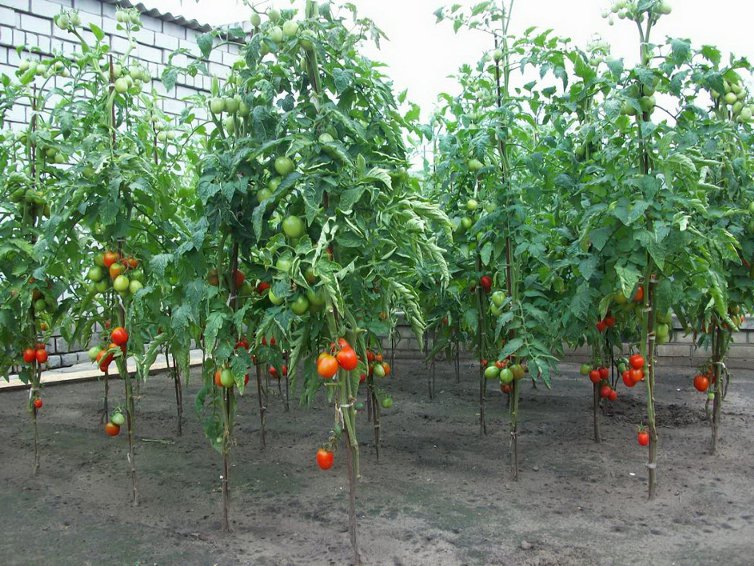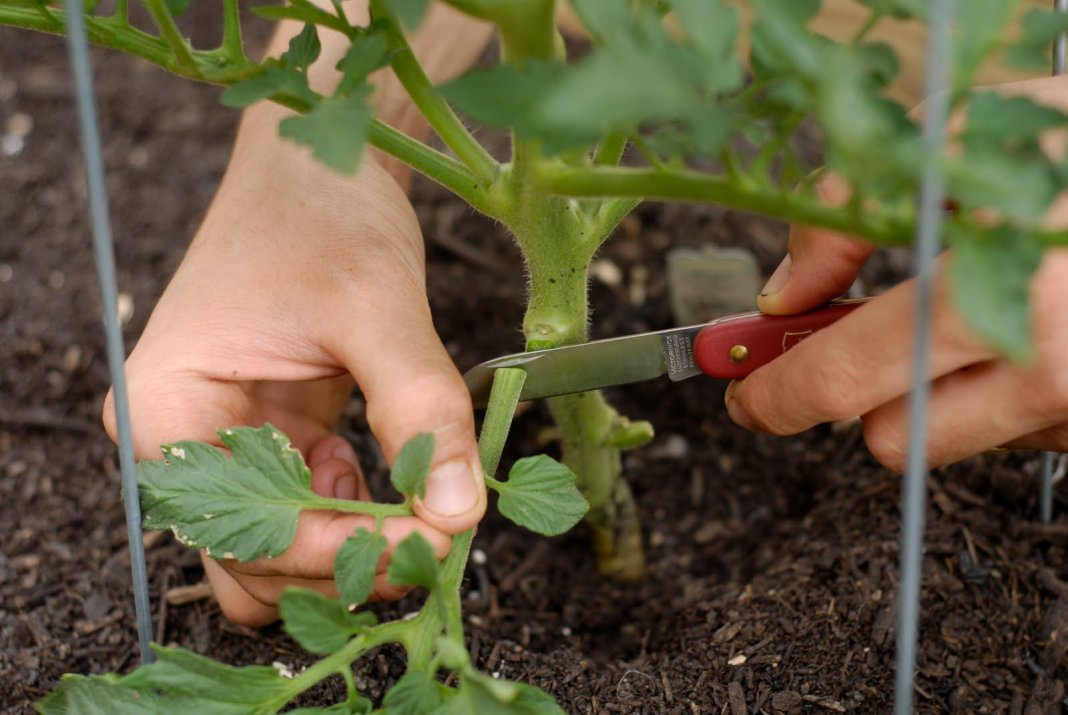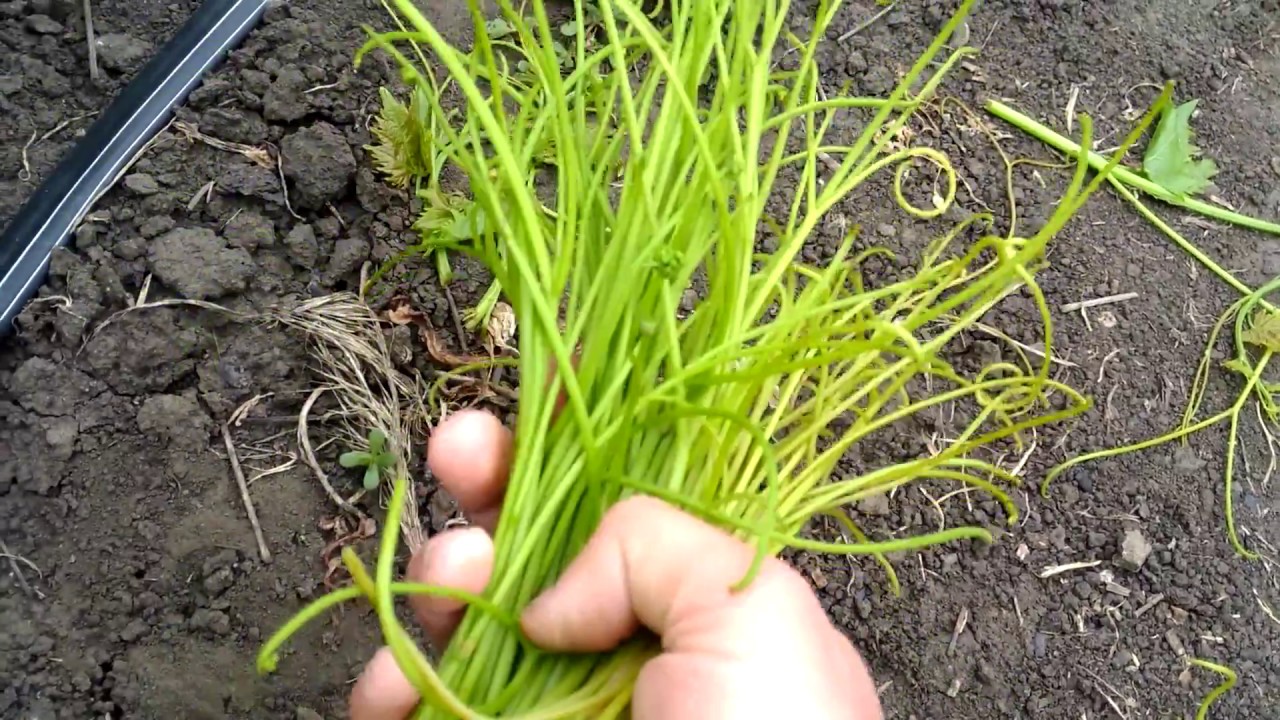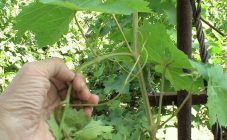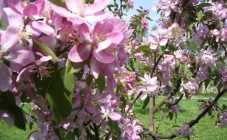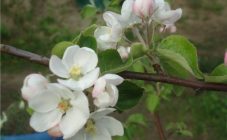Content:
A tomato is a one or perennial plant, whose homeland is Ecuador, where wild varieties of tomatoes still grow. The Spaniards in the 16th century brought seeds to Europe, 200 years later the tomatoes reached Russia. The imported culture has long been considered decorative, unfit for human consumption, and even a poisonous plant.
To grow a crop, you need heat, which is due to its origin. The best results of growing vegetables are achieved at daytime temperatures of 22-23 °, at night - at least 17 °. Full daylight hours are an important factor in crop cultivation. Lowering the temperature is unfavorable, even short-term negative temperatures are detrimental to the plant.
The benefits of tomatoes for the body
The pulp and skin of tomatoes is rich in vitamins of groups A, B, C, PP, as well as a whole set of micro- and macroelements:
- manganese;
- fluorine;
- chromium;
- selenium;
- copper;
- iodine;
- iron;
- zinc;
- cobalt;
- rubidium;
- nickel;
- boron;
- molybdenum;
- magnesium;
- calcium;
- sulfur;
- chlorine;
- phosphorus;
- sodium.
An important role in the prevalence of culture is played by taste, thanks to which it has taken an important place in many national cuisines.
A ripe tomato is considered an antidepressant, improves a positive attitude, serves as a prophylaxis against cardiovascular diseases, improves bowel function, the phytoncides that make up the composition have antibacterial properties.
Cultivation of culture
In central Russia and Siberia, to increase yields and get early tomatoes, many gardeners prefer to use a greenhouse, rather than open ground. Taking into account more attention and care for greenhouse plants, it is possible to harvest a crop several times higher than that harvested in open ground conditions with less labor intensity and the risk of plant death.
Tomatoes need sunlight and fresh air to all parts of the plant above the ground. In greenhouse conditions with high humidity, warmth and sufficient lighting, the bush quickly gains mass of the green part. Therefore, to limit growth, it is formed: pinch the top and remove unnecessary stems.
In a greenhouse, excessive uncontrolled shoot growth will reduce the yield. Large amounts of leaves will shade nearby bushes, increase humidity, and reduce ventilation and sunlight. This can lead to the development of fungal diseases and their spread throughout the plantation.
Therefore, the answer to the question of whether it is necessary to cut off the lower leaves of tomatoes is unequivocal: the stained tops must be removed in time.
When to remove leaves
The green foliage of plants provides the production of nutrients as a result of photosynthesis, without this process the bush dies.Pruning is stressful, so removal of leaves from tomatoes in the greenhouse should be done carefully, not to prune large quantities at one time.
When to pick off the lower leaves from tomatoes depends on varietal characteristics, climatic and greenhouse conditions. The approximate timing is the time for the color to pick up and the appearance of the ovary. Gardeners have different opinions on this matter: some start the operation immediately after the flowers appear, others consider the formation of fruits as a prerequisite. The theory says that the formation of flowers and ovaries requires enhanced nutrition from the leaves. When the fruits have formed and they began to produce independent synthesis of the necessary substances, the need for foliage disappears, and it can be removed.
What leaves are removed
Gardeners have the same opinion about which leaves to pick from tomatoes in the greenhouse. First, those in contact with the ground are removed, a few days after reaching the standard dimensions, the ones from the bottom should be pinched off. Usually, experienced gardeners pick off unnecessary parts of the bush twice a week, as a result of which tomatoes are formed in the higher-placed brushes.
Other leaves are also pruned:
- on the north side to improve air flow, especially in the case of a high density of stands;
- fattening processes that do not form fruit;
- stepsons consuming nutrients.
An adult tomato stem with growing tomatoes should have a bare stem 30cm from the ground. Then the fruits will receive enough light, air, and nutrition from the roots will go to the brushes with fruits without intermediaries.
How to trim
It is recommended to prune on a warm cloudless day in the morning so that the cut points dry out and close before nightfall. If the day is cloudy, the removal sites are treated with a weak solution of potassium permanganate or activated carbon in order to avoid lesions of gray mold.
The event is carried out with a disinfected instrument or with gloved hands. If you need to break off the stepsons, then it is preferable to do it with your hands. It is advisable to wash hands and tools after each bush, as it happens that one diseased bush infects the entire plantation.
Why tomatoes are so widely cultivated is clear when considering their qualities, composition, ability to use for cooking and disease prevention. Tomatoes are used not only raw, they are used for cooking, salads as a dietary product, and, finally, they are simply tasty and healthy for those who have no restrictions. At the same time, the crop is from whimsical in terms of cultivation, where the removal of leaves plays an important role.

